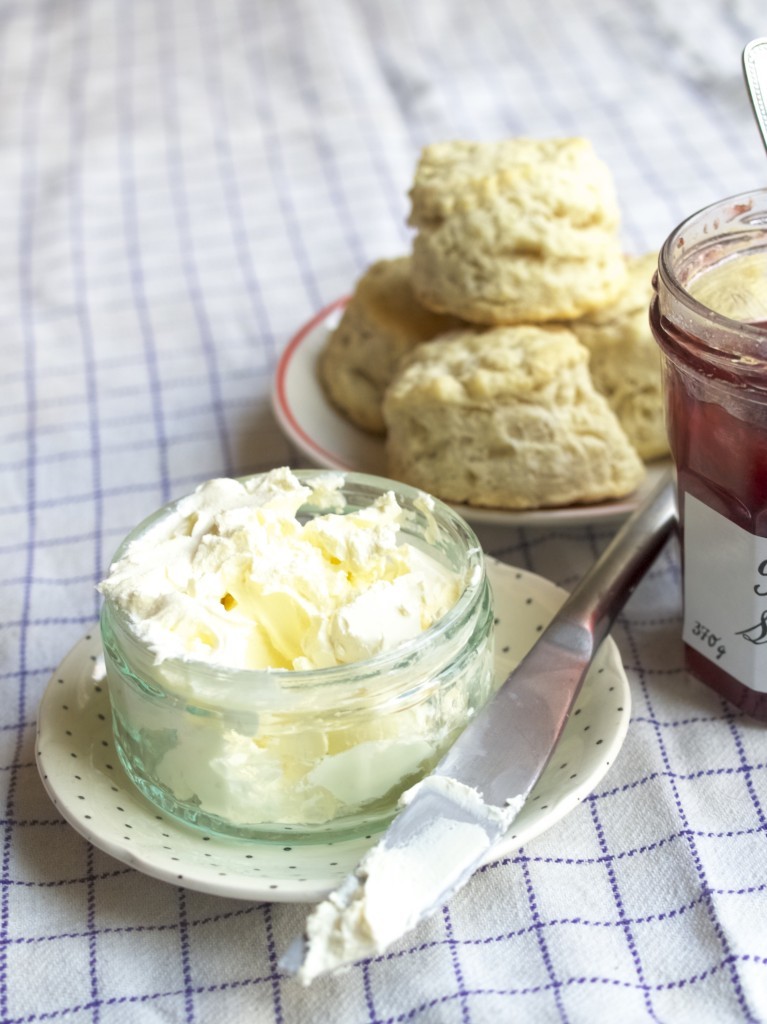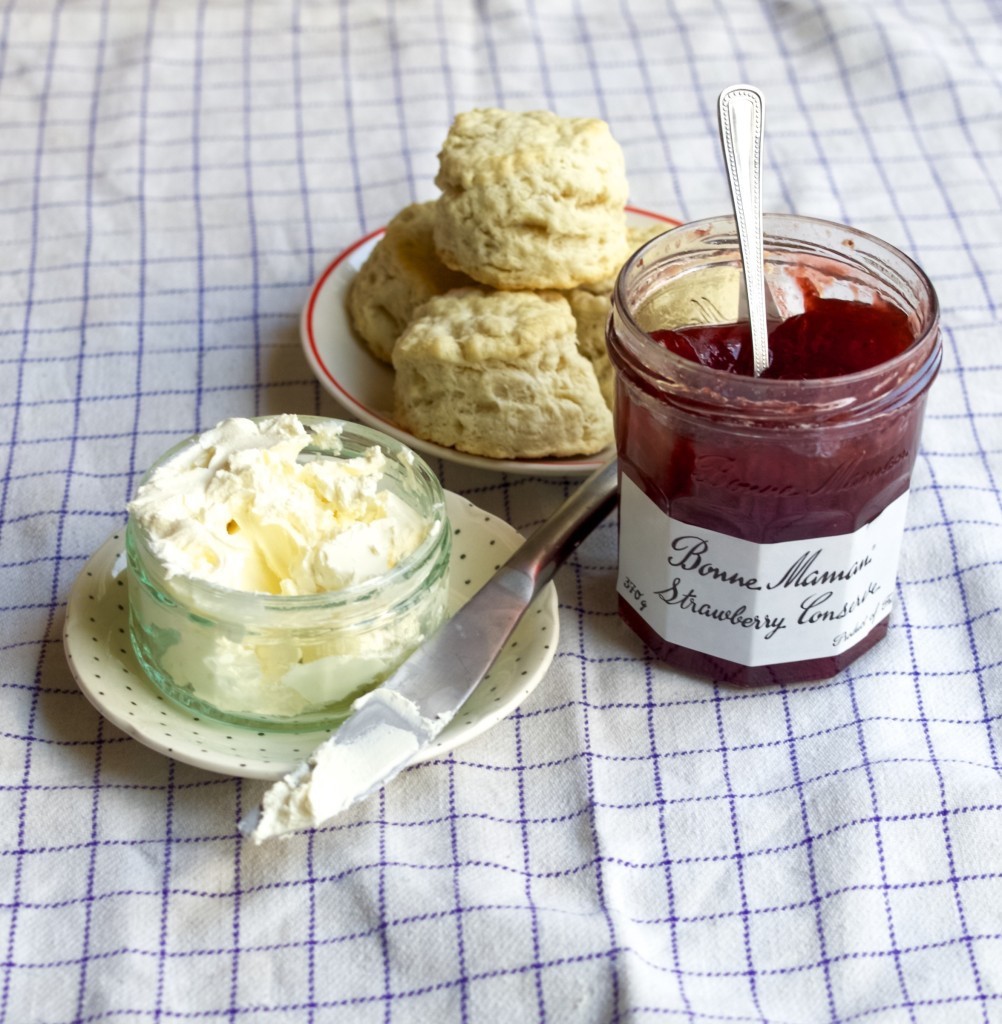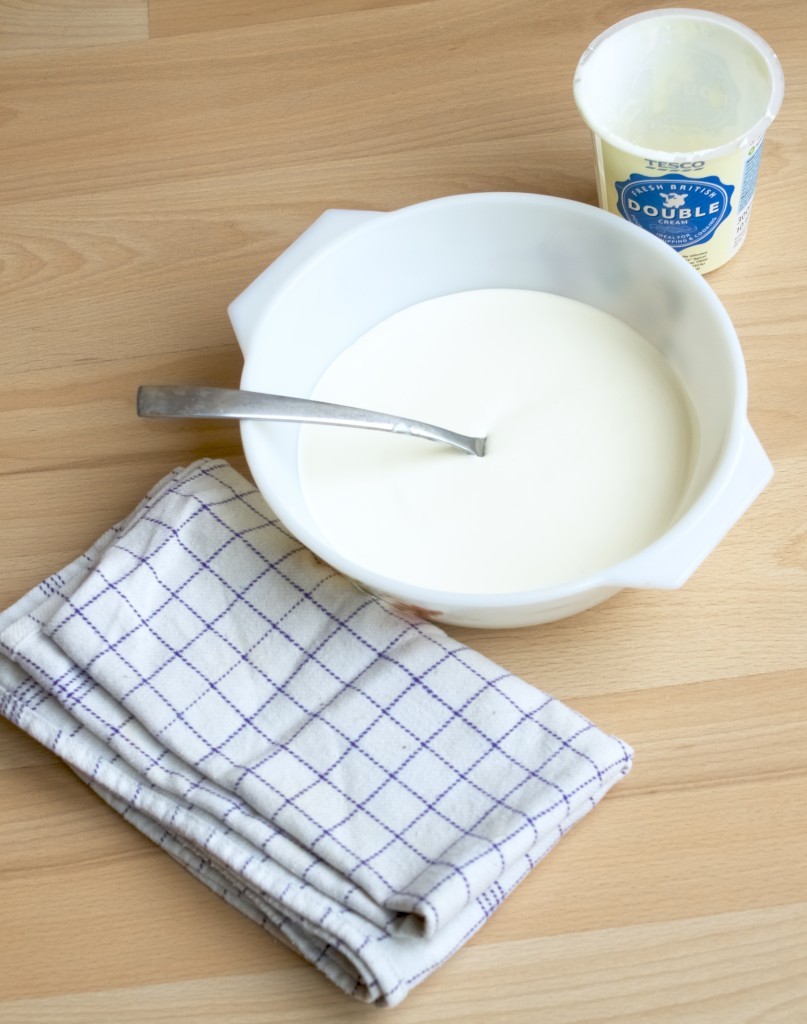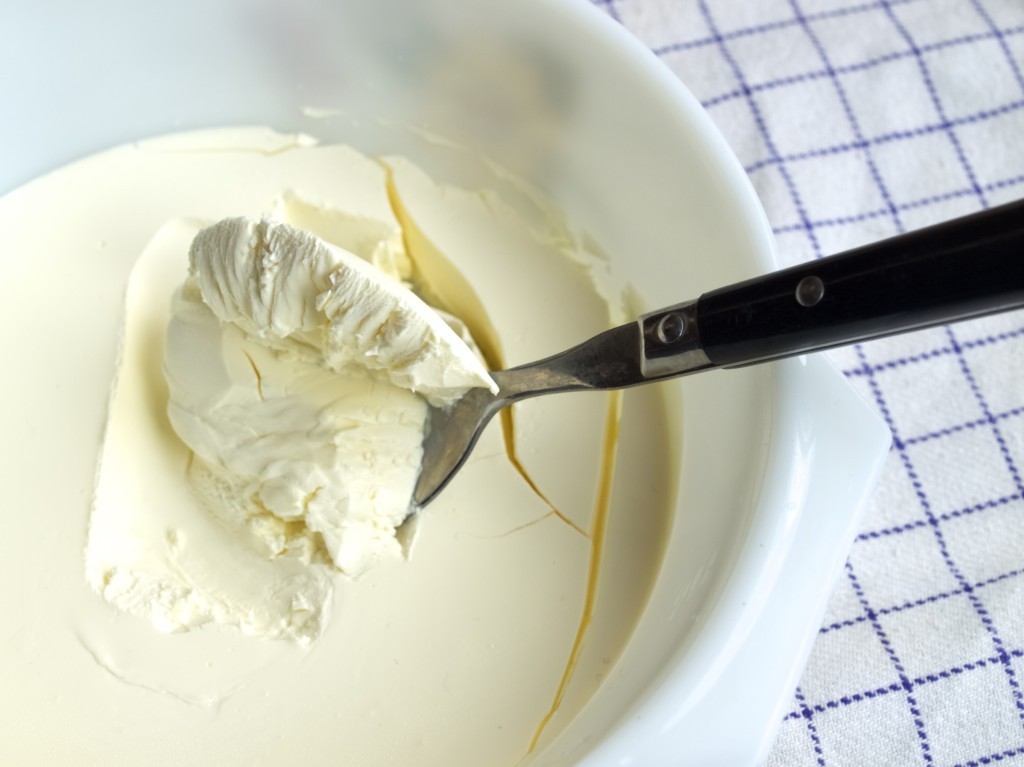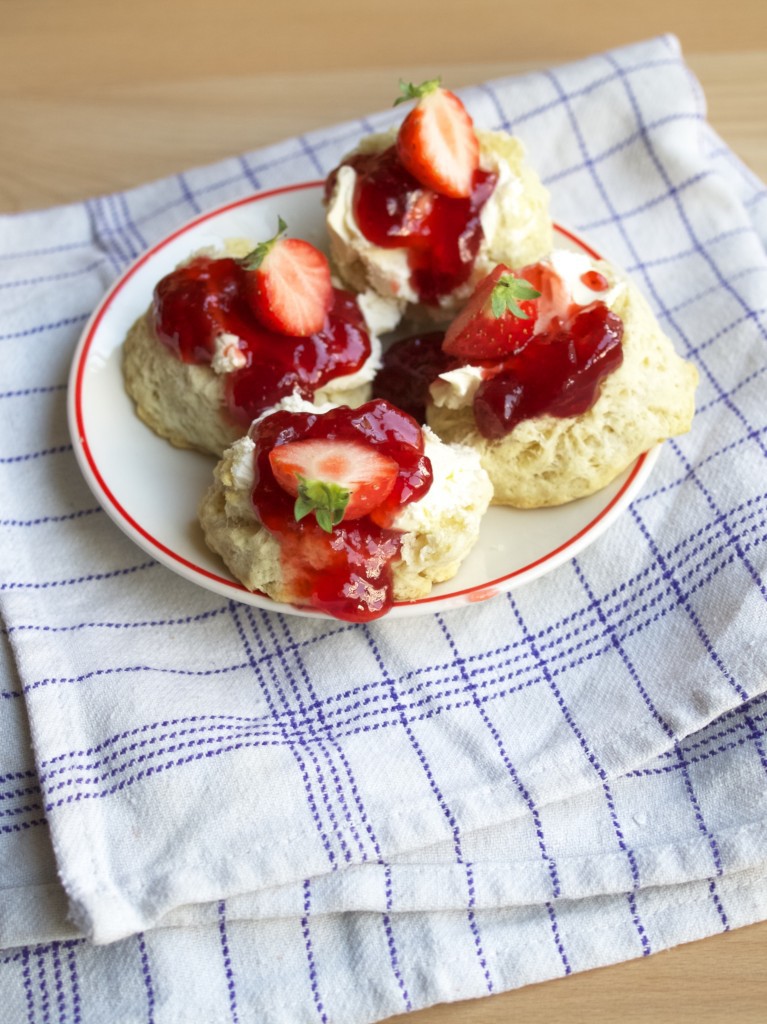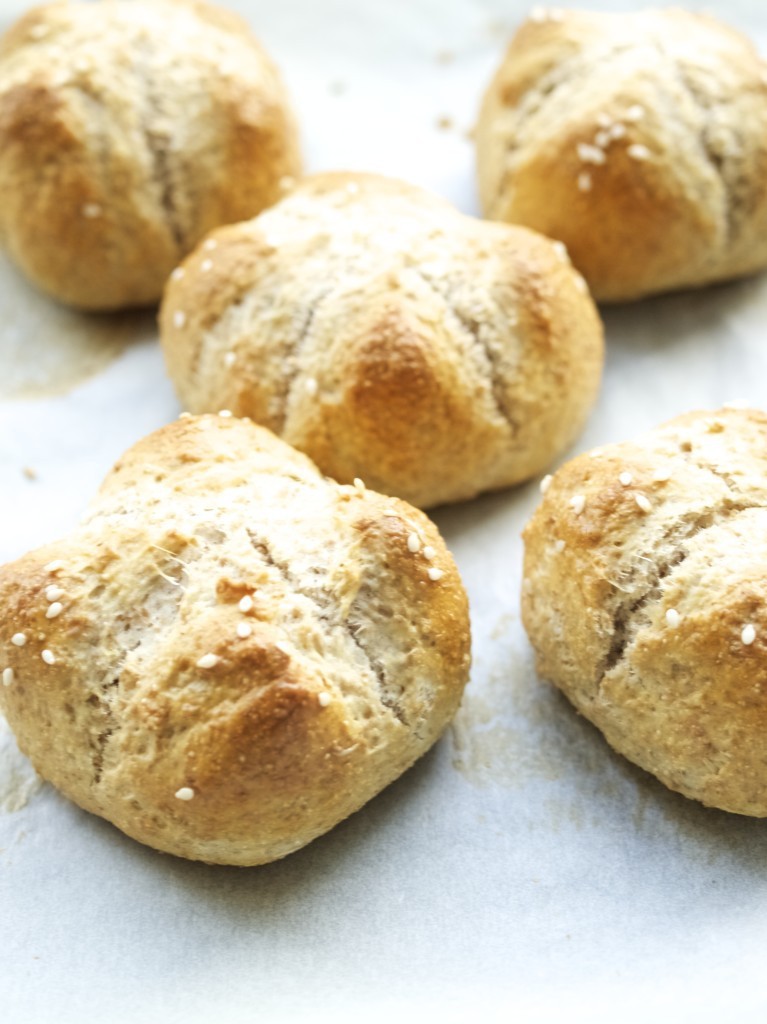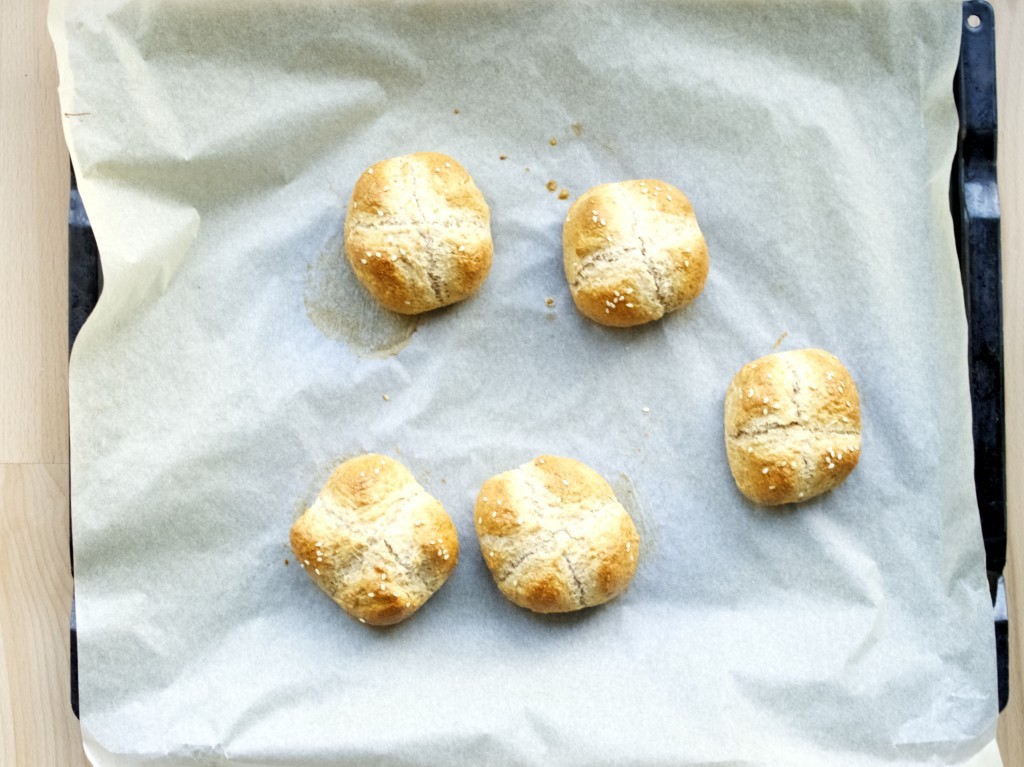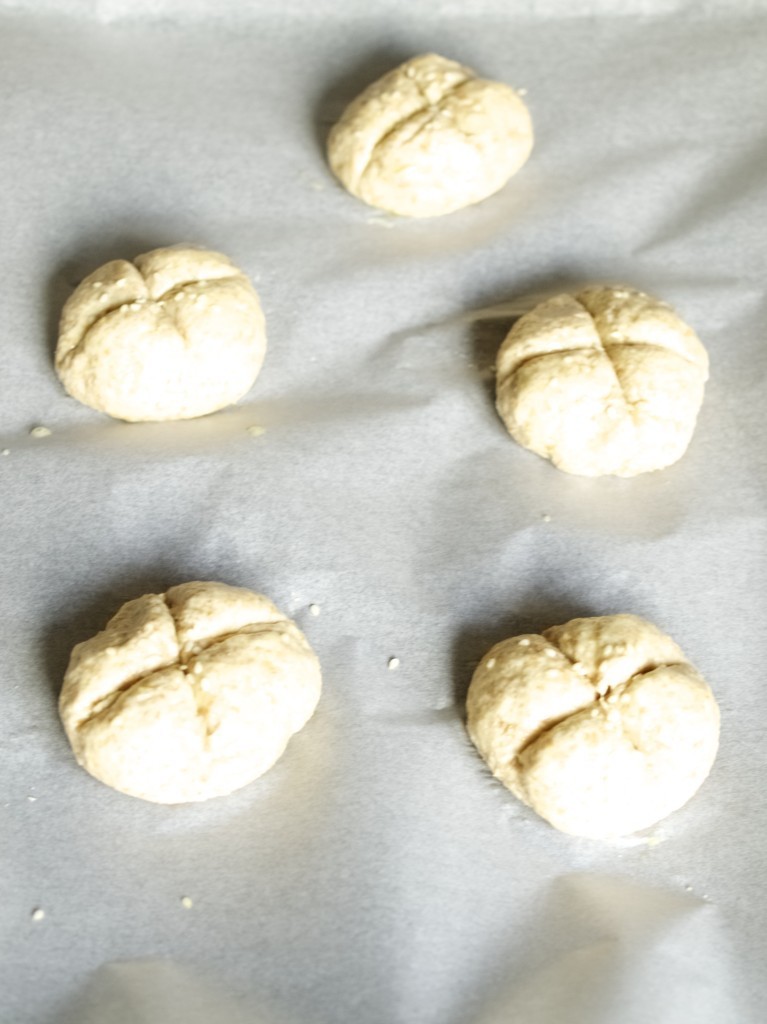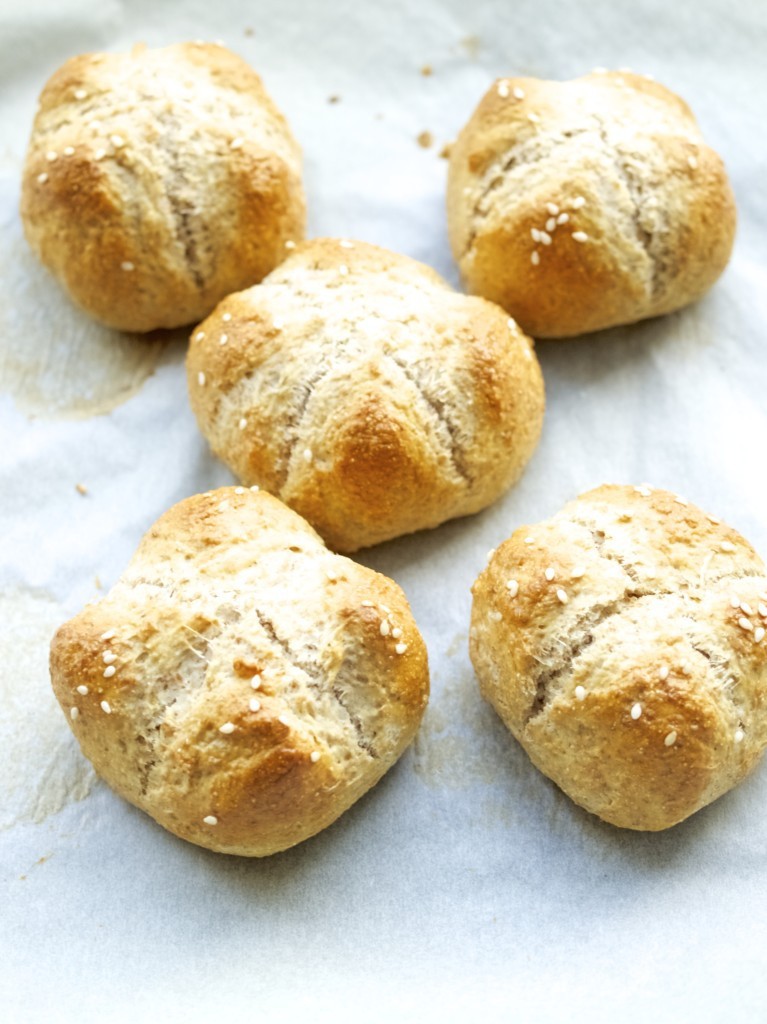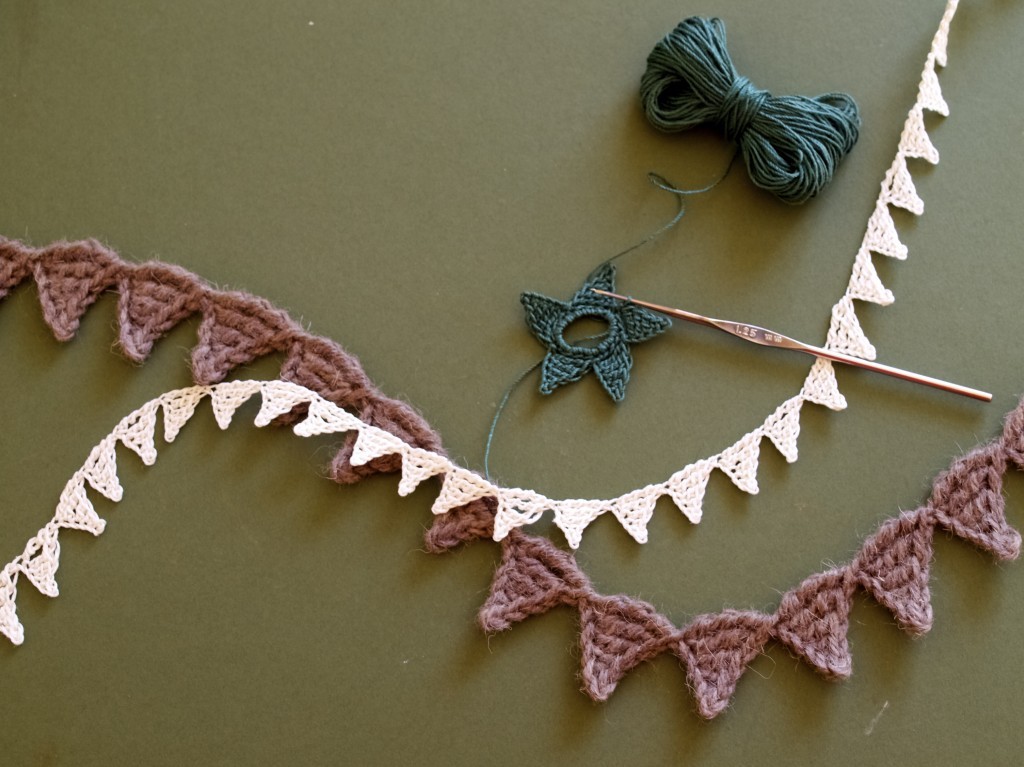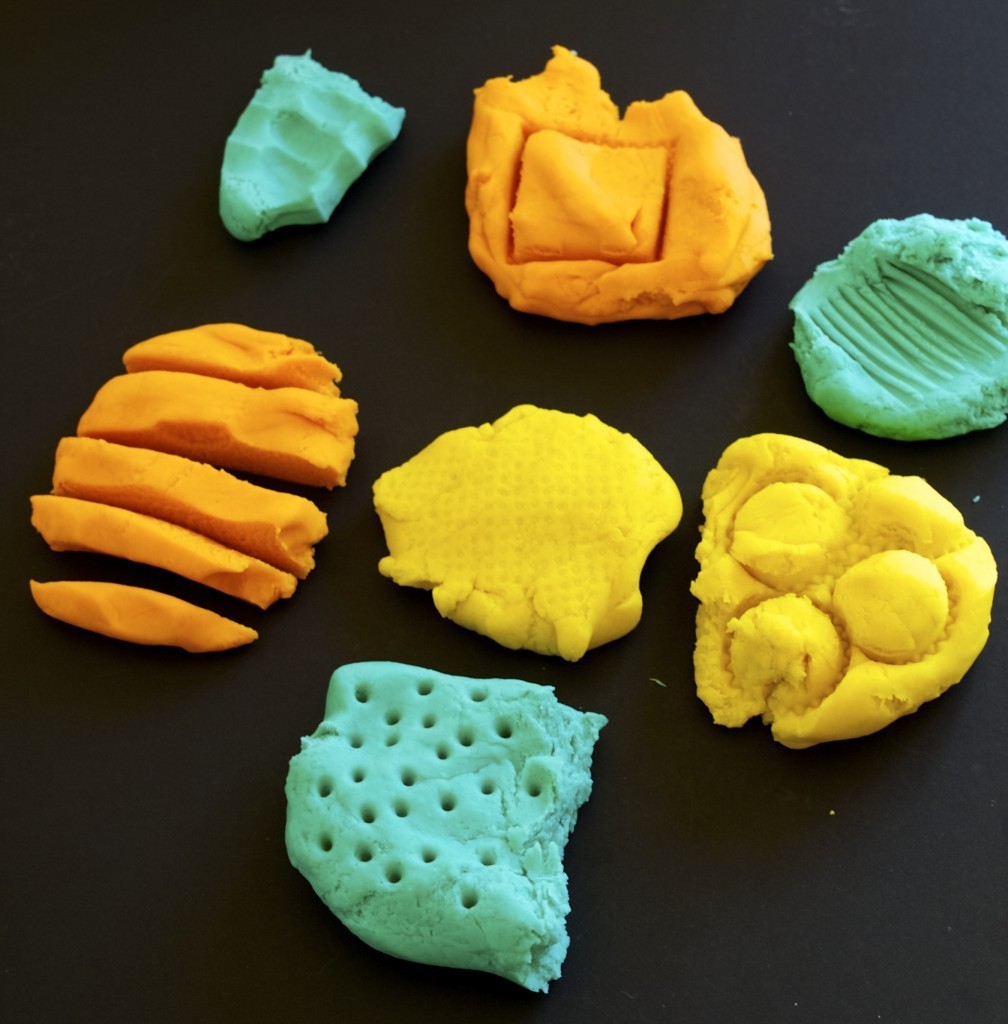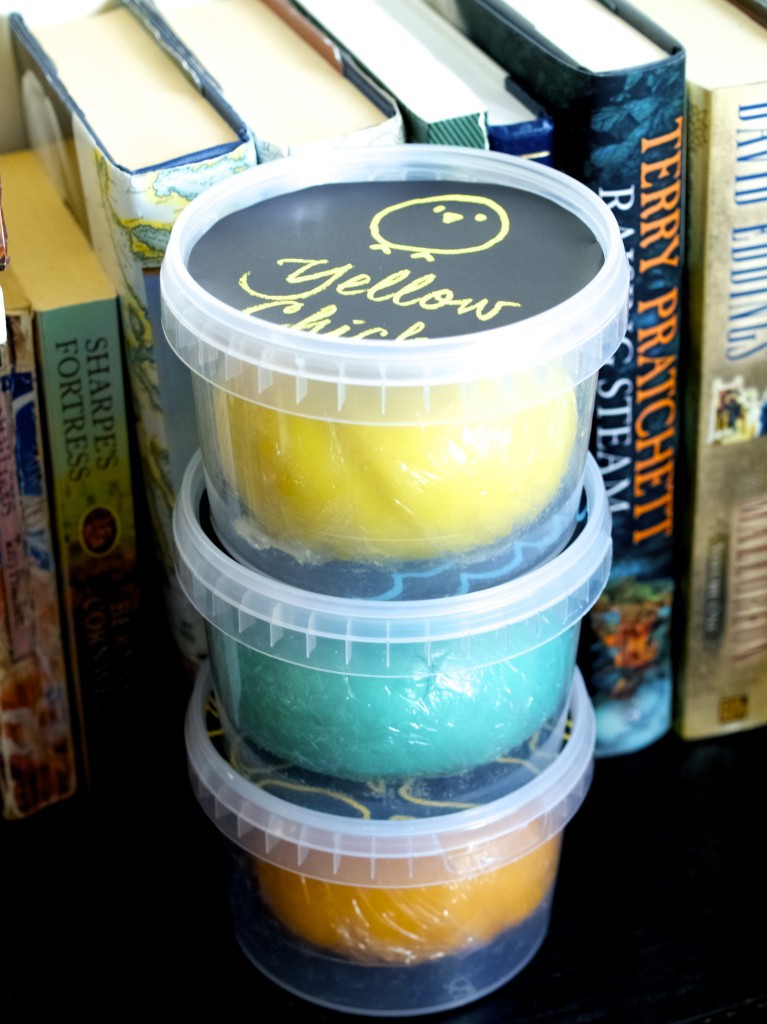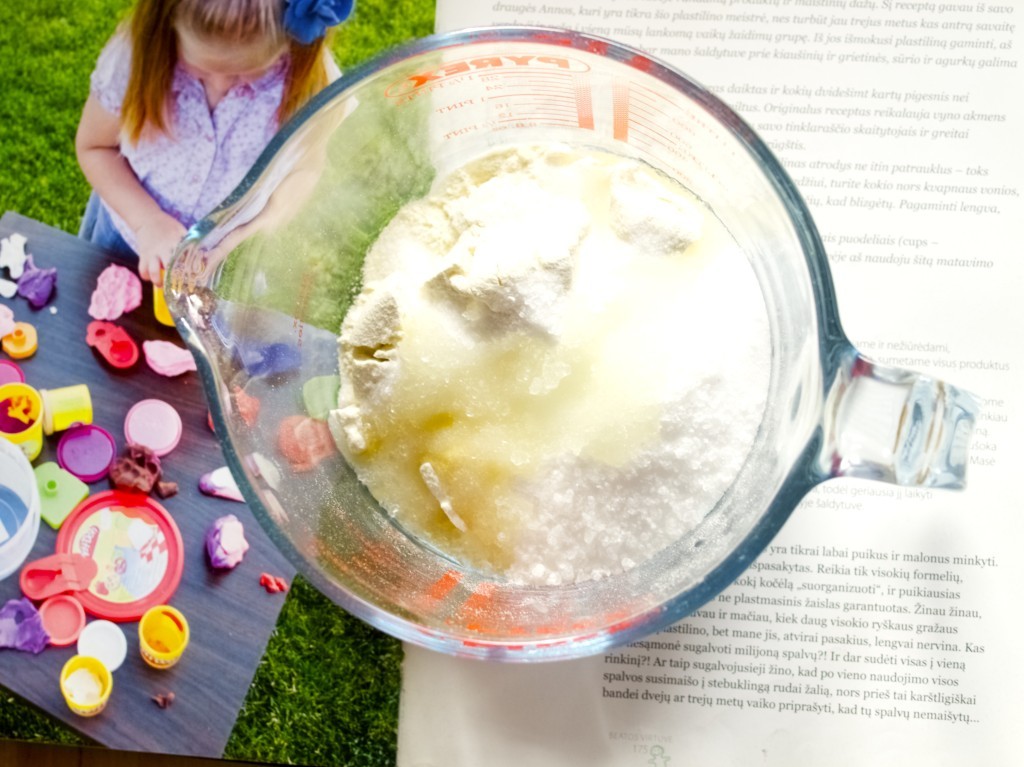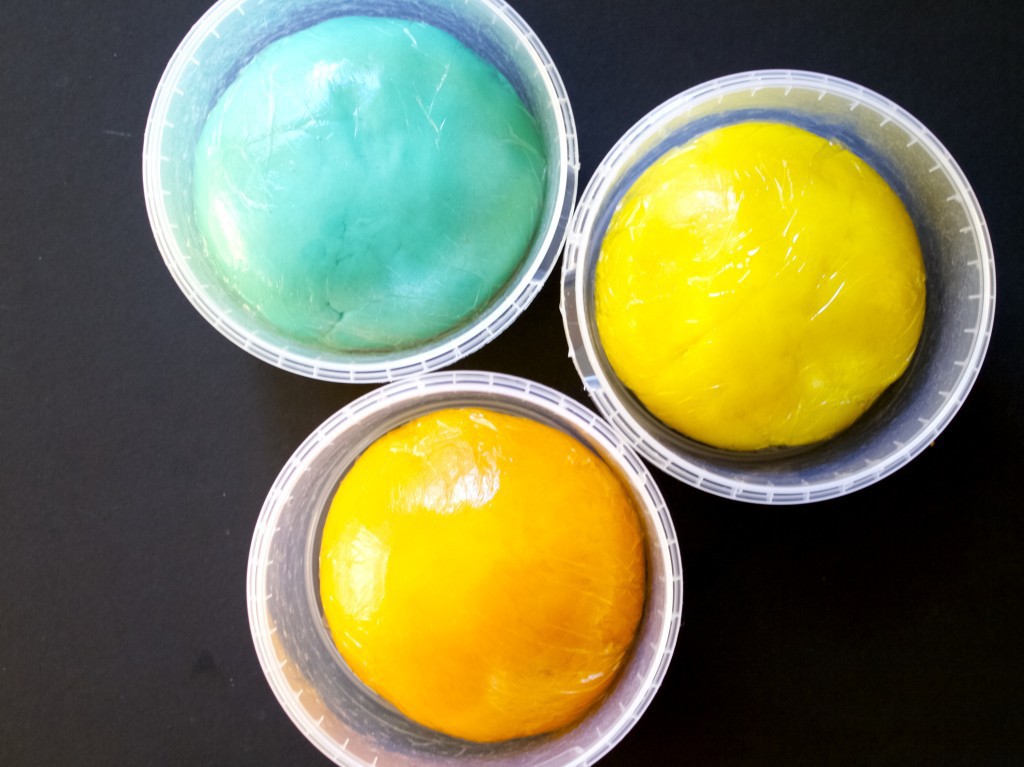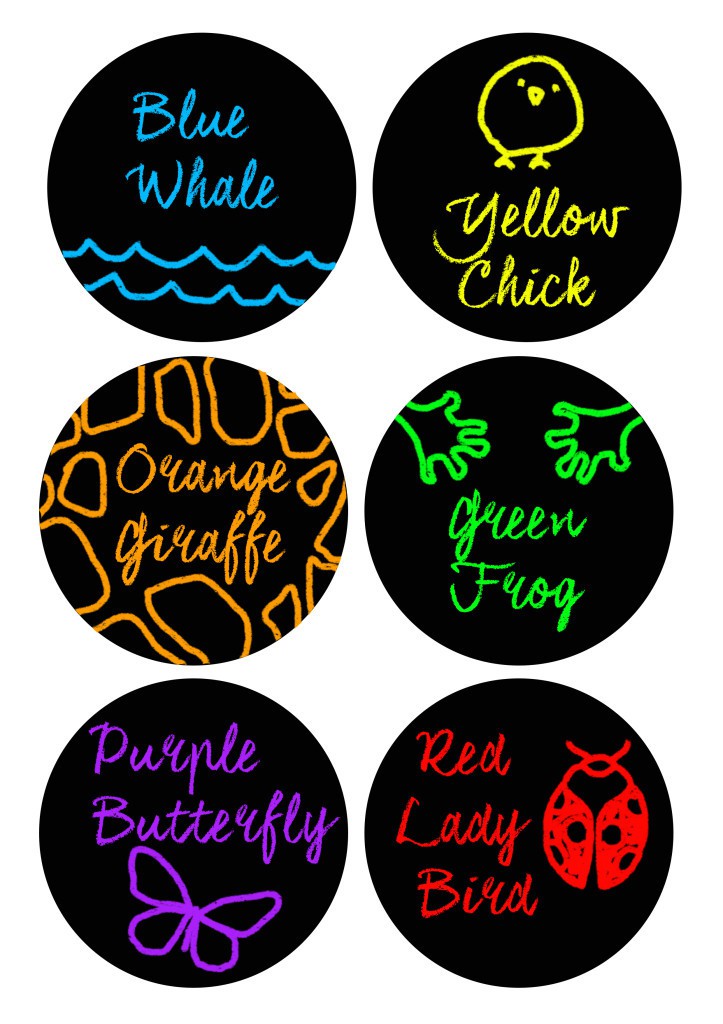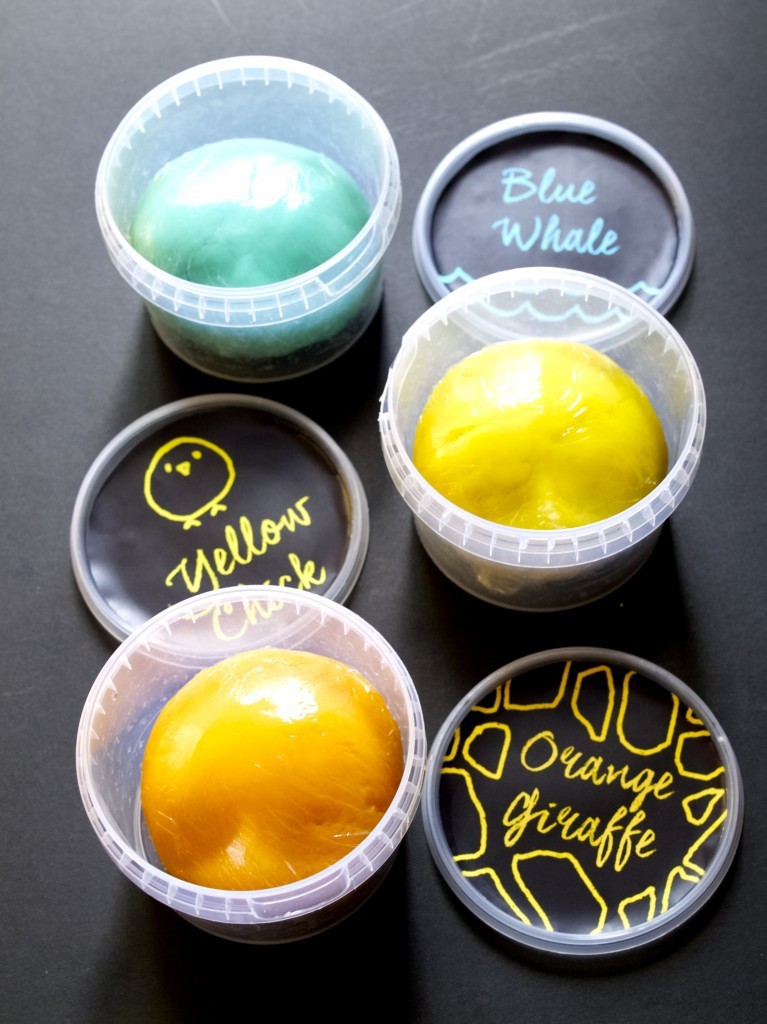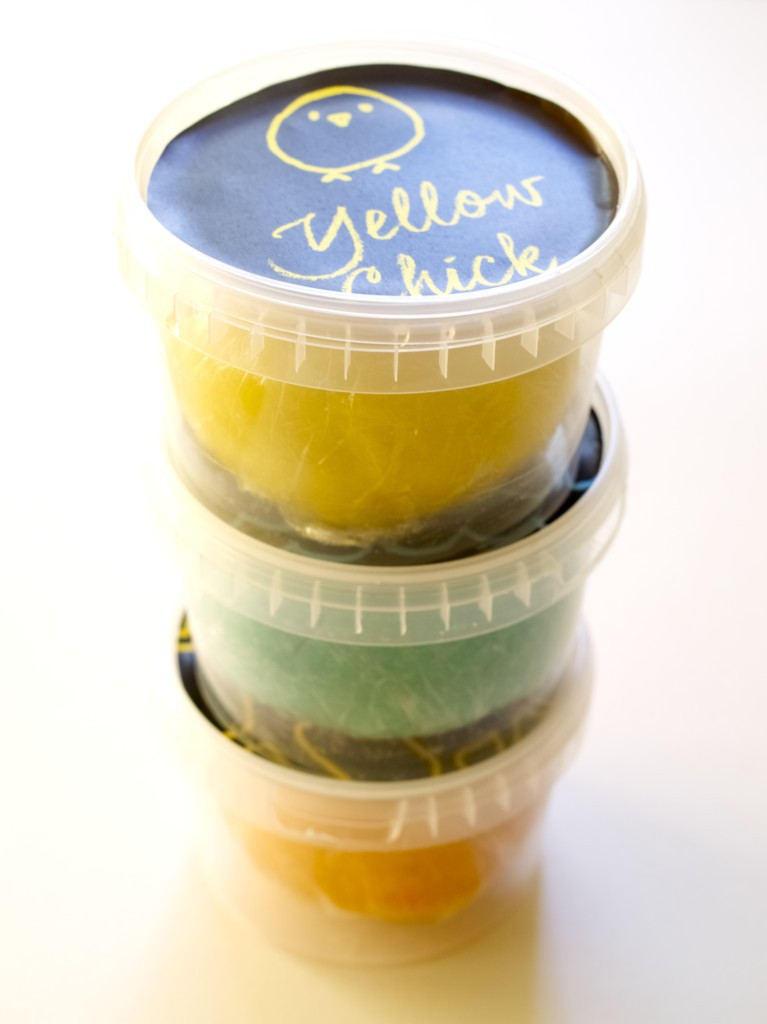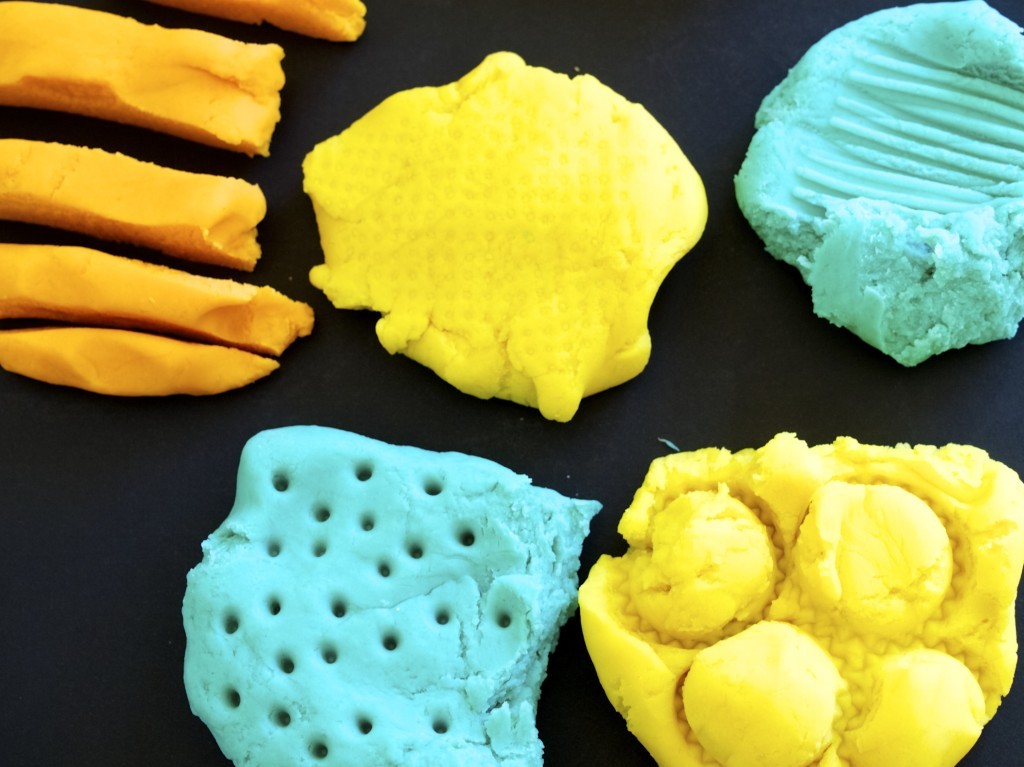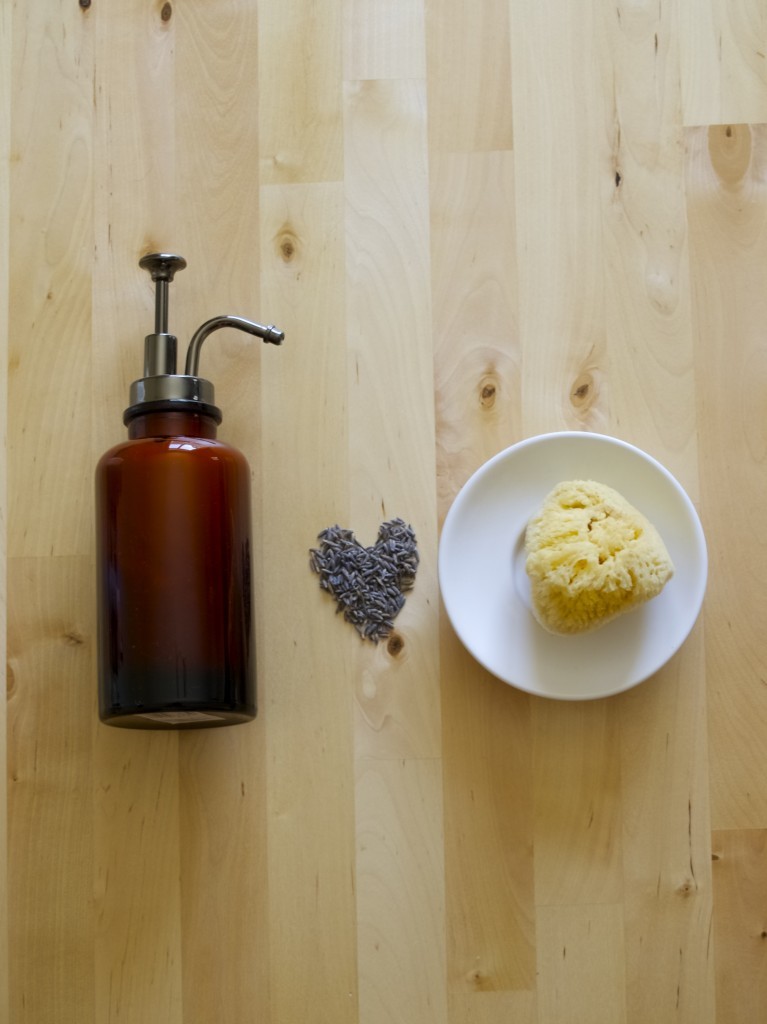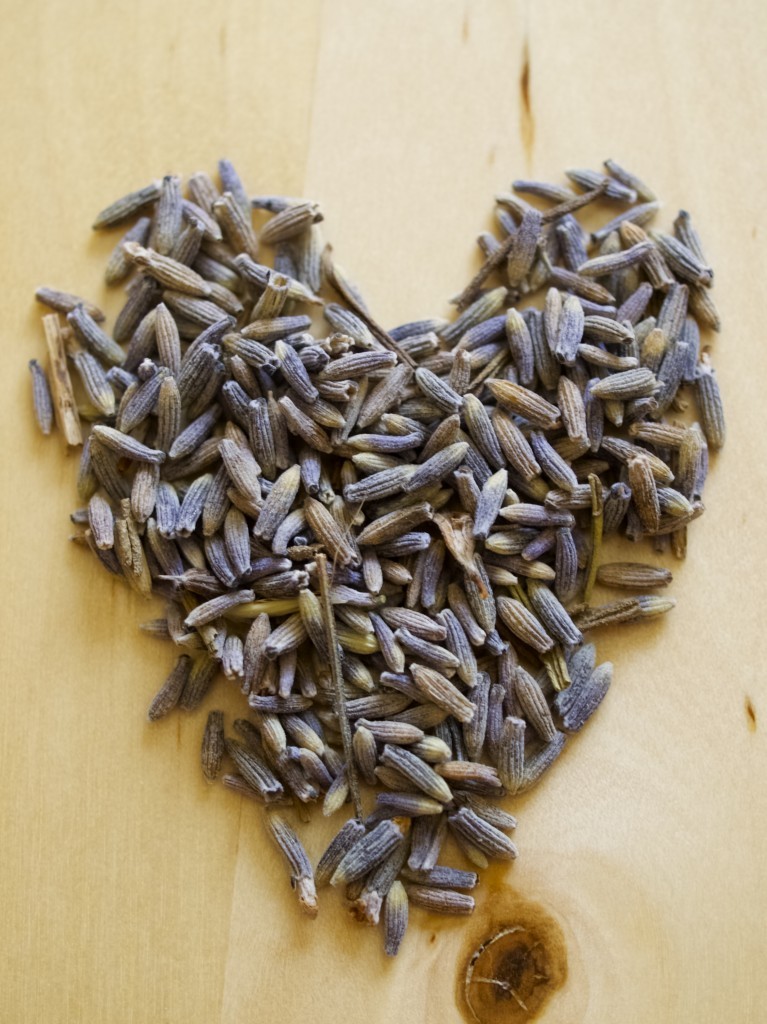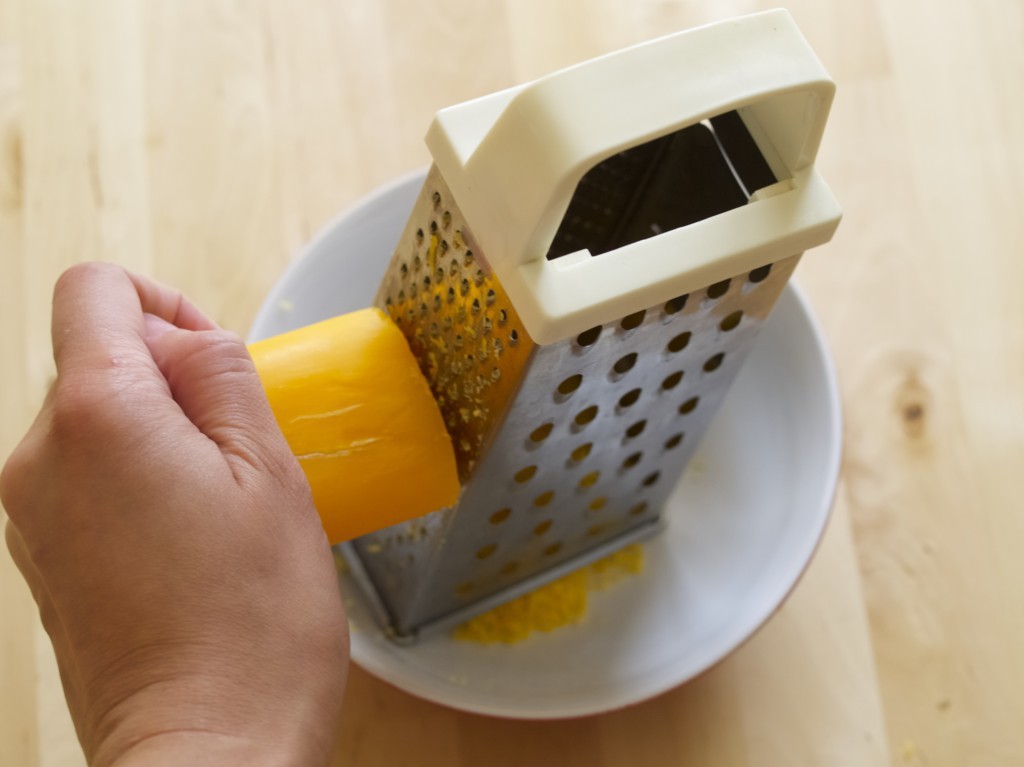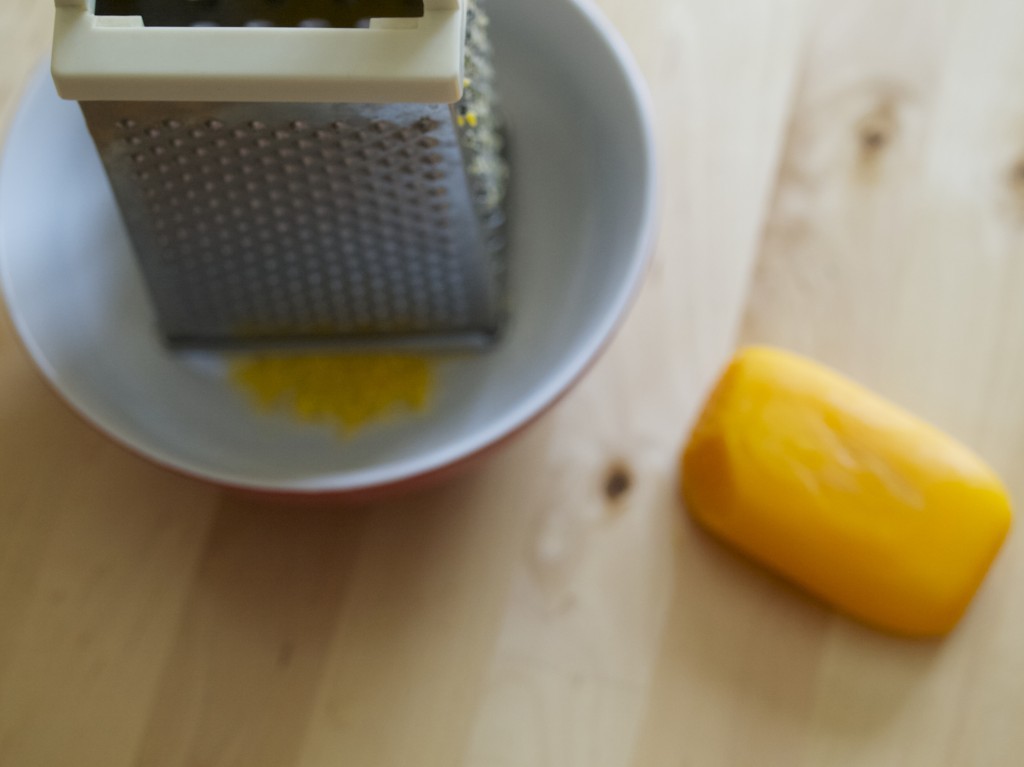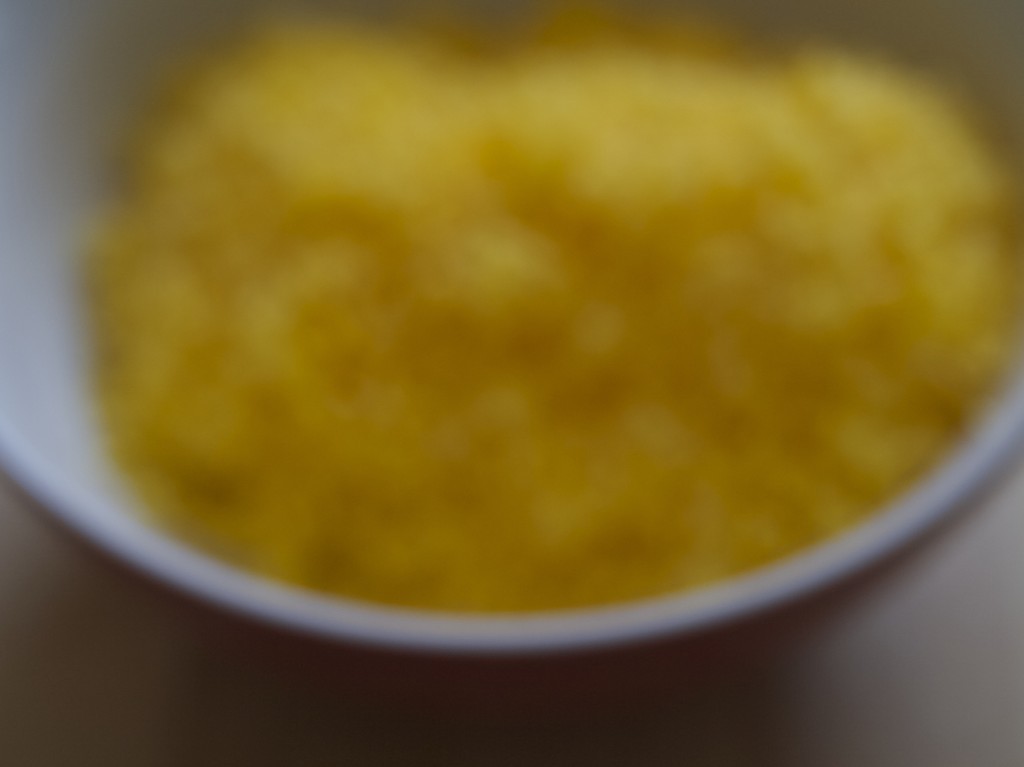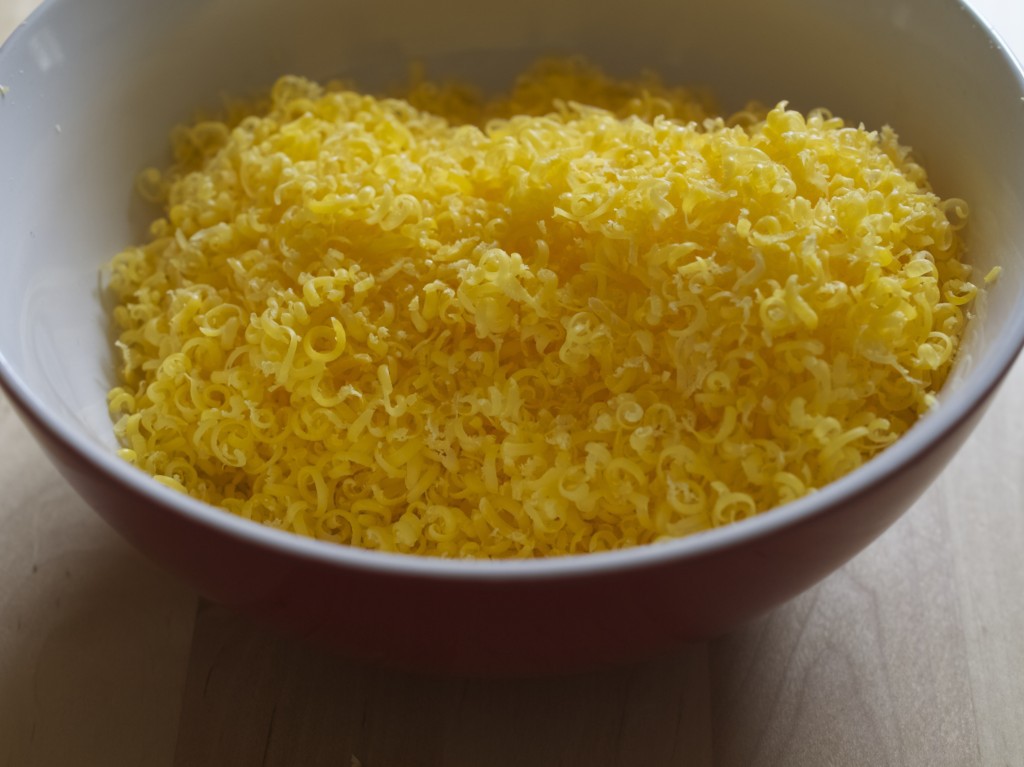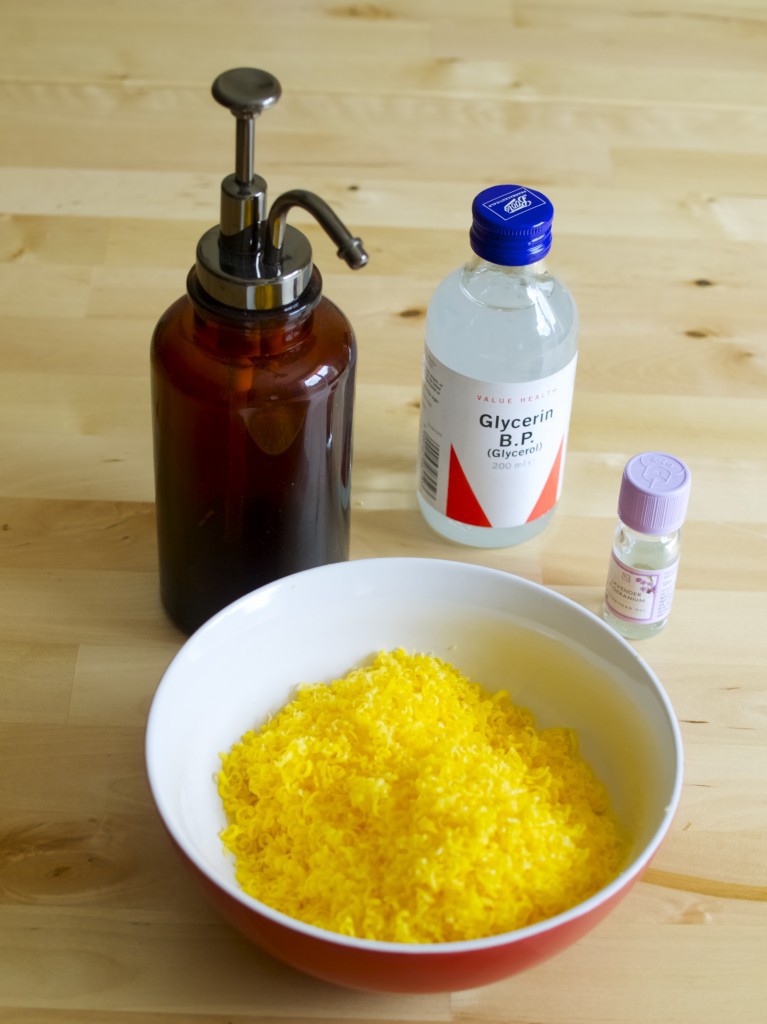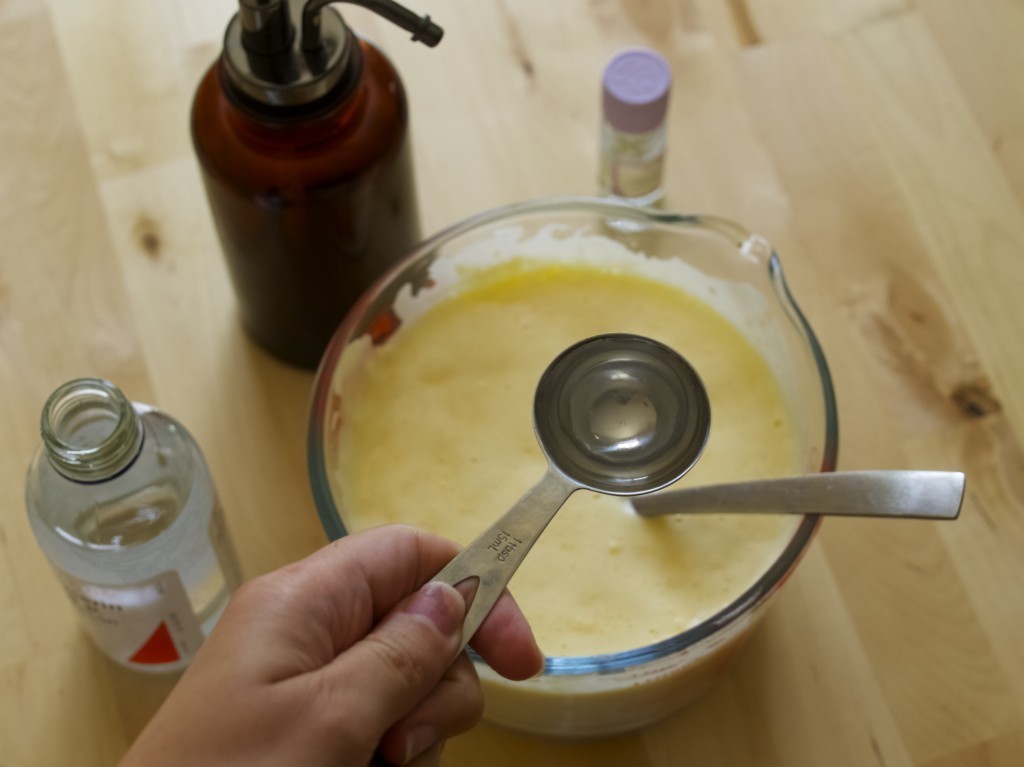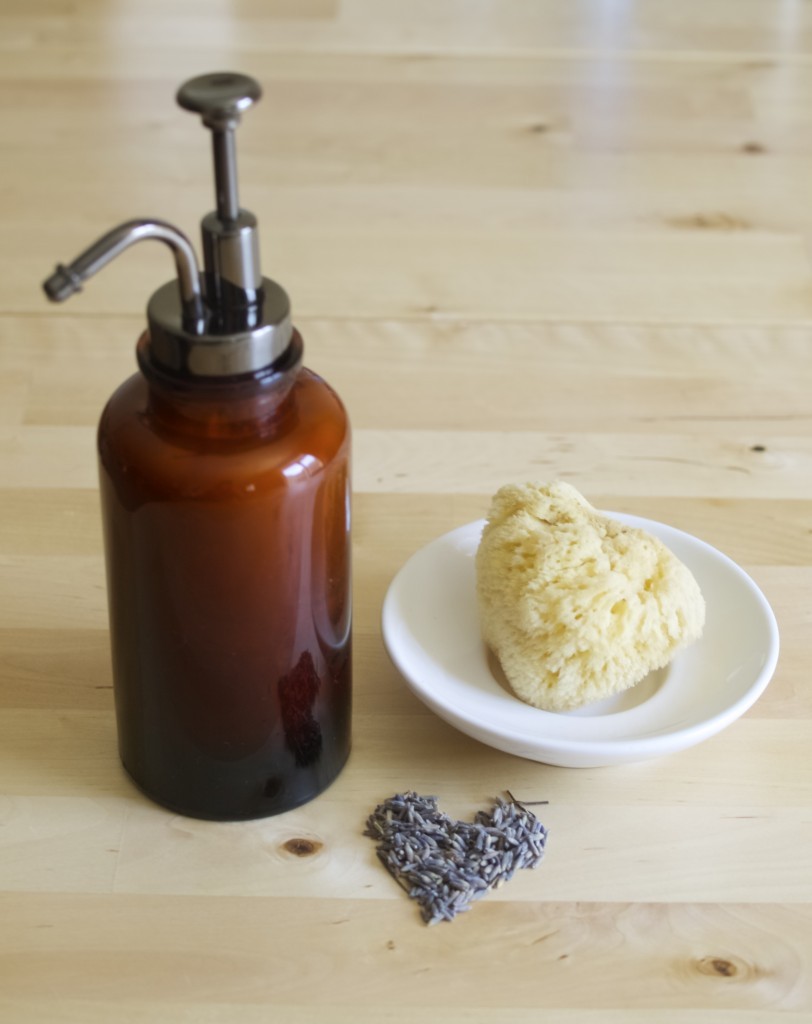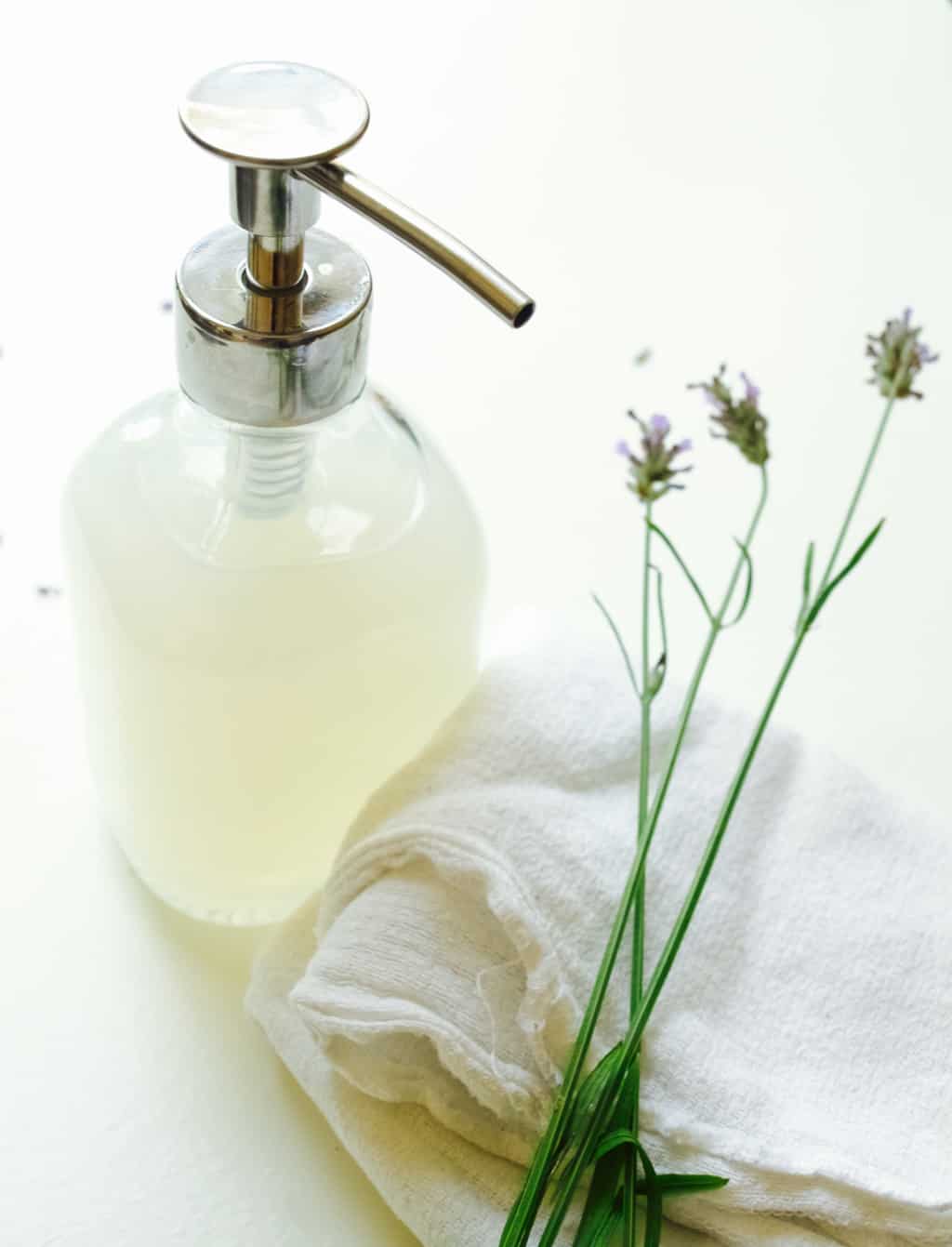 I have a little confession to make. When I go shopping for cleaning products or cosmetics I often judge it by its cover. I feel very very embarrassed by it as I made very bad (spontaneous) decision few weeks ago. I saw this handwash in a pretty packaging at Aldi and without much research or checking ingredients label I went and bought it…. Just because it looked stylish! I placed this bottle of hand soap by our kitchen sink and after first use I was hugely disappointed. A hand soap that supposed to smell like grapefruit stunk like cheap perfume. Not something you want to smell when preparing the food. This is when I decided to make my own liquid hand wash.
I have a little confession to make. When I go shopping for cleaning products or cosmetics I often judge it by its cover. I feel very very embarrassed by it as I made very bad (spontaneous) decision few weeks ago. I saw this handwash in a pretty packaging at Aldi and without much research or checking ingredients label I went and bought it…. Just because it looked stylish! I placed this bottle of hand soap by our kitchen sink and after first use I was hugely disappointed. A hand soap that supposed to smell like grapefruit stunk like cheap perfume. Not something you want to smell when preparing the food. This is when I decided to make my own liquid hand wash.
Now I made liquid soap before my friends, but honestly that recipe I used before never been used again. Why? Because it was not easy enough to make! I knew I needed a recipe that is quick to make and I could just mix something up when I run out. I was hoping to make soap in small quantities that does not need to be stored. After some research I came up with the recipe that is simple and easy and hopefully uses ingredients you already have (if you made any cleaning products before like this laundry liquid). I realised that the magical combination for perfect liquid hand soap is liquid castle soap, oil, essential oil (for a lovely smell) and water. For oil you can use glycerol or even fractionated coconut oil to make antibacterial soap. For water I saw people often use distilled water, but I used cooled boiled water instead. To make your own hand soap you will need:
To make your own hand soap you will need:
- about 300ml soap dispenser
- 130ml liquid Castile soap
- 70ml oil (I used glycerol instead as I had some already)
- 15 drops essential oil (I used lavender)
- cooled boiled water
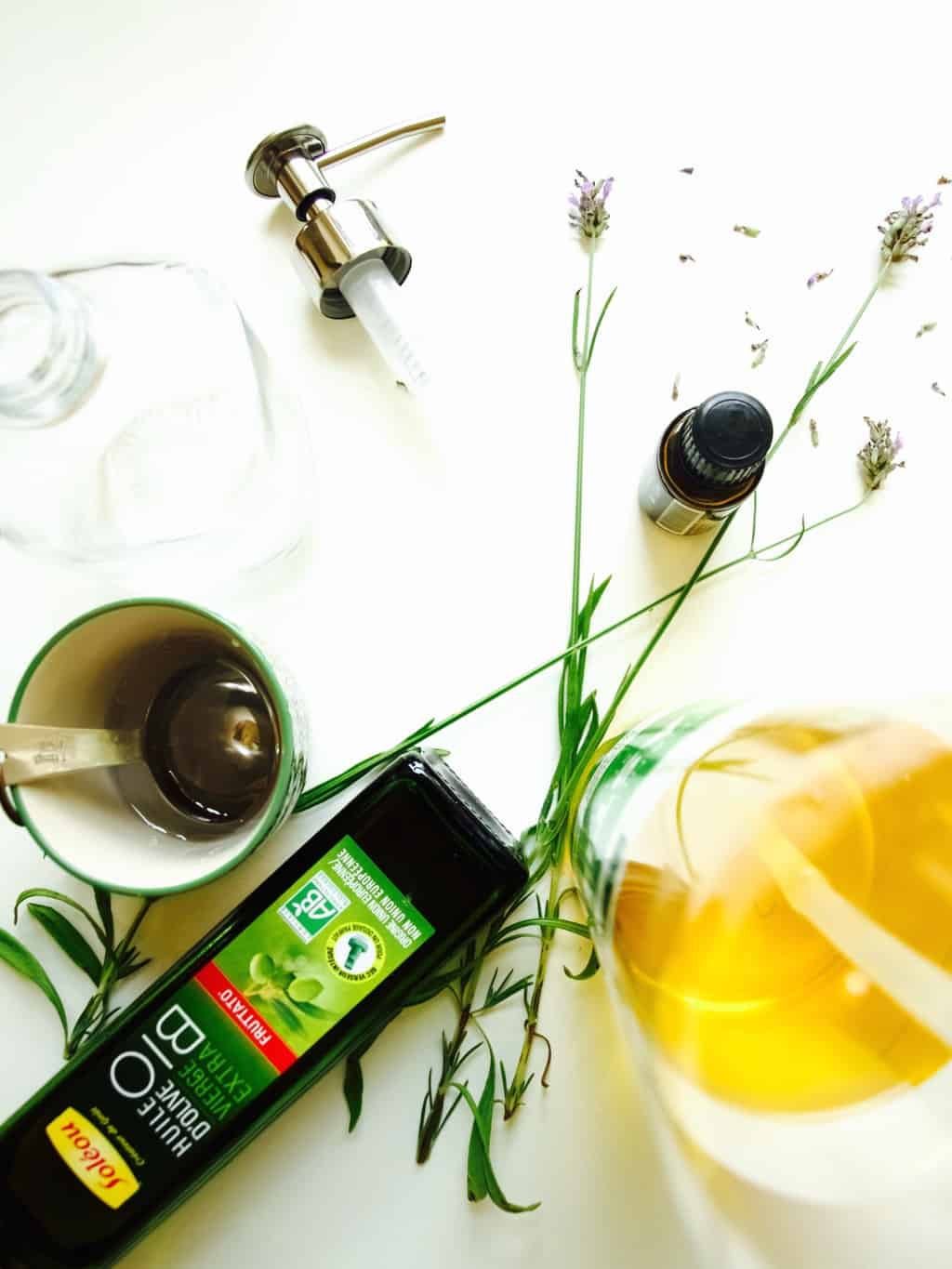 Pour the Castile soap, oil and essential oils into the dispenser bottle.
Pour the Castile soap, oil and essential oils into the dispenser bottle.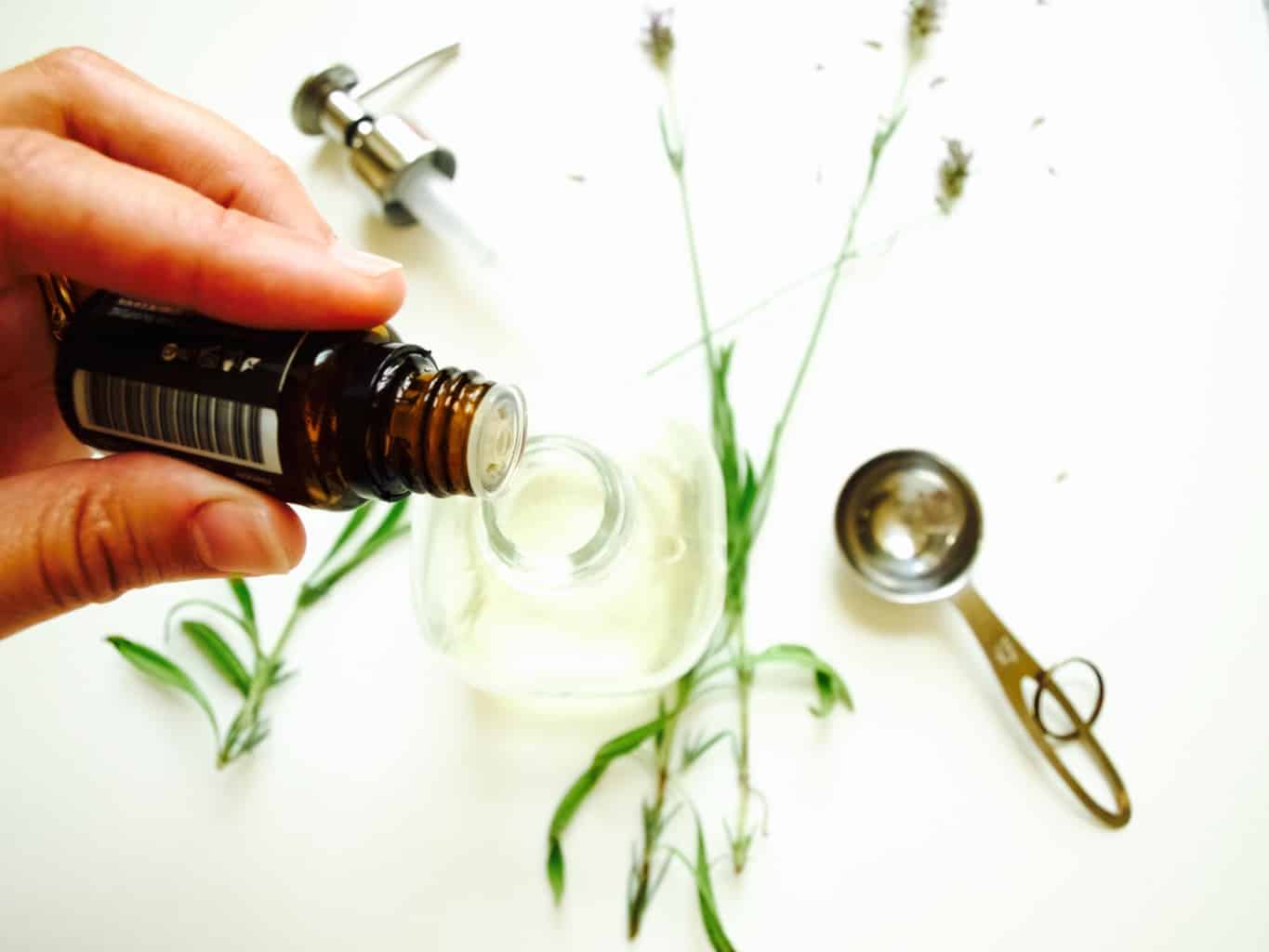 Fill up the rest of the dispenser with water.
Fill up the rest of the dispenser with water.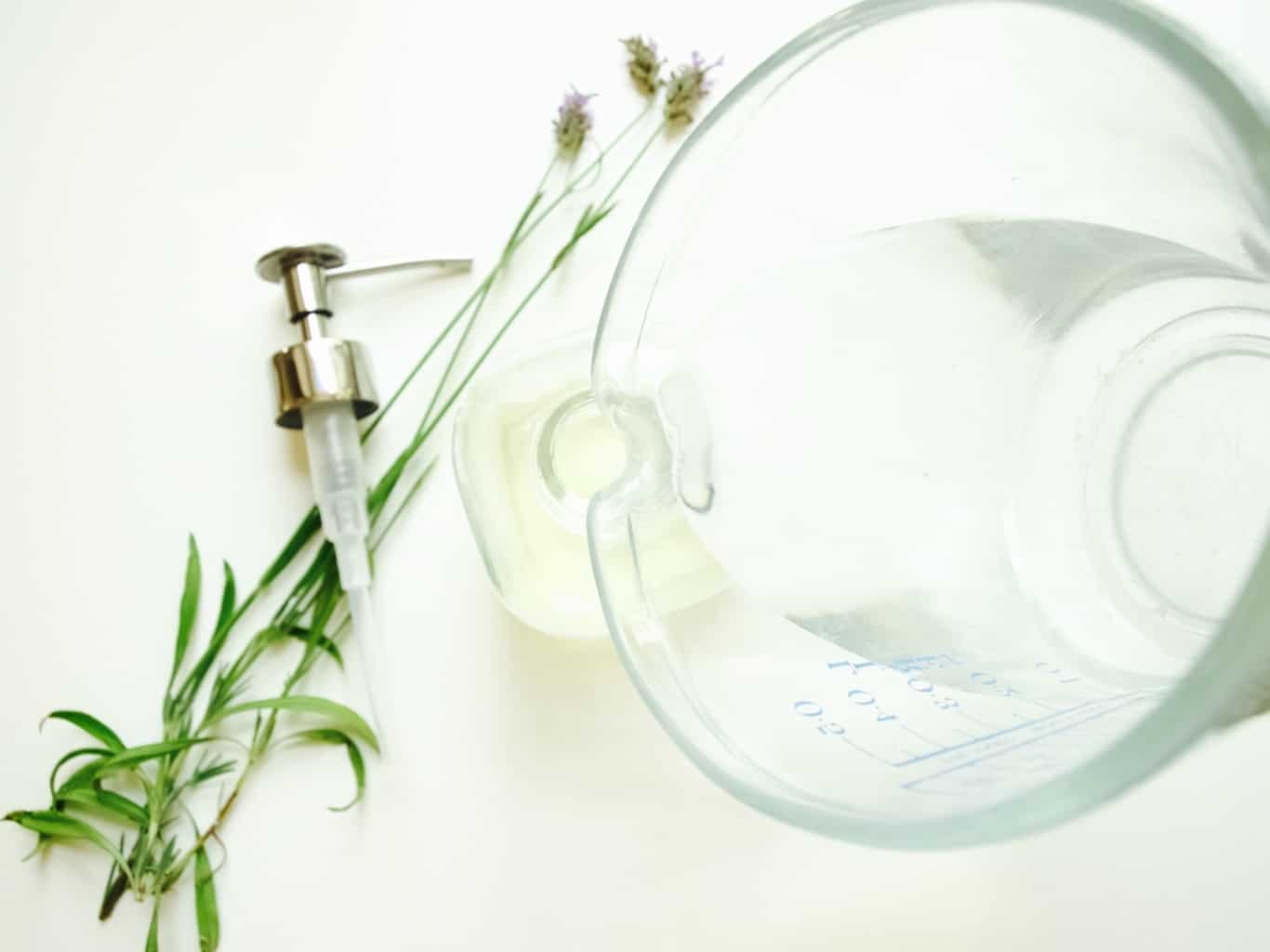 Voila, it is that easy!
Voila, it is that easy!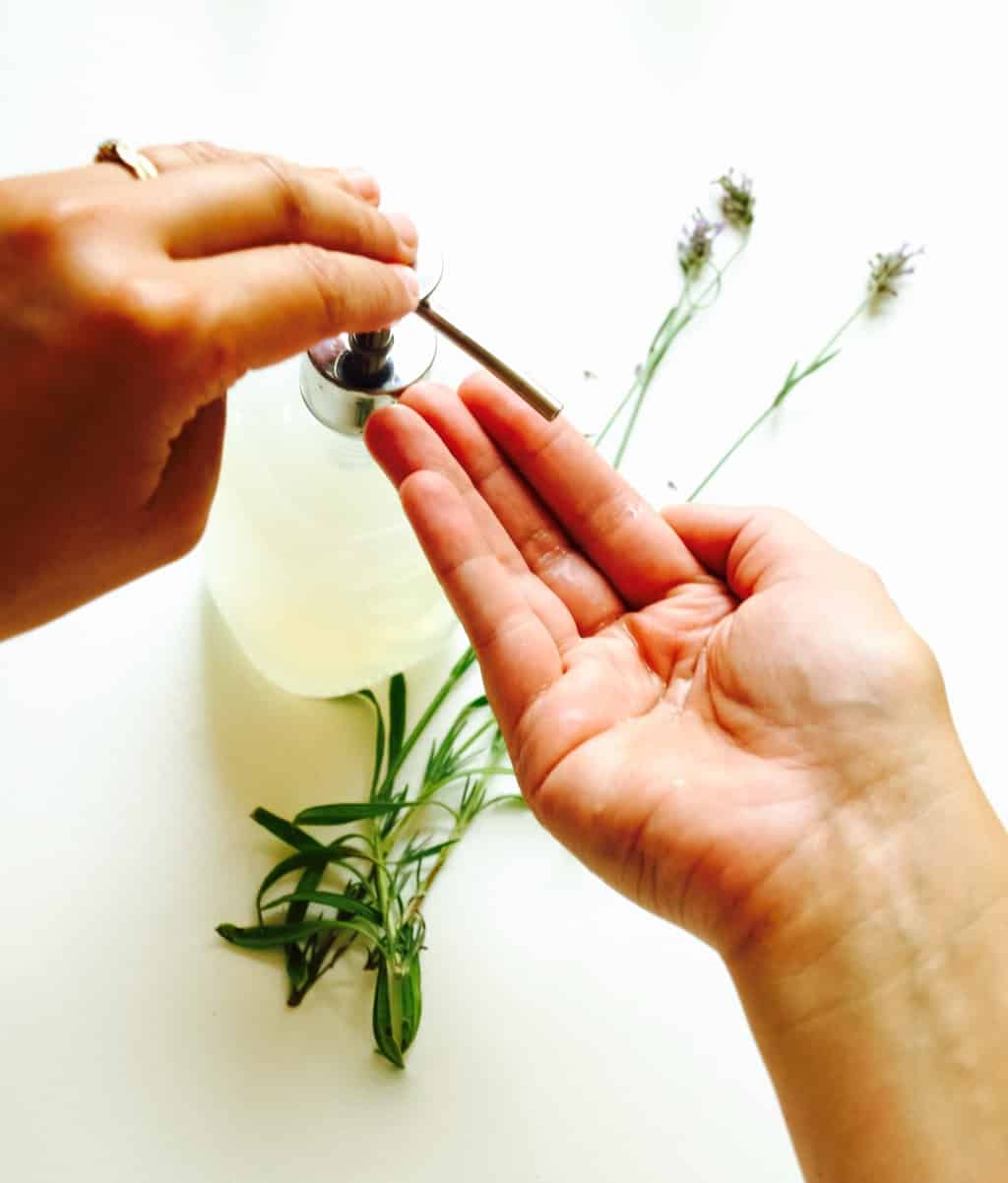 Hope this has been useful
Hope this has been useful
Rasa ;-)


